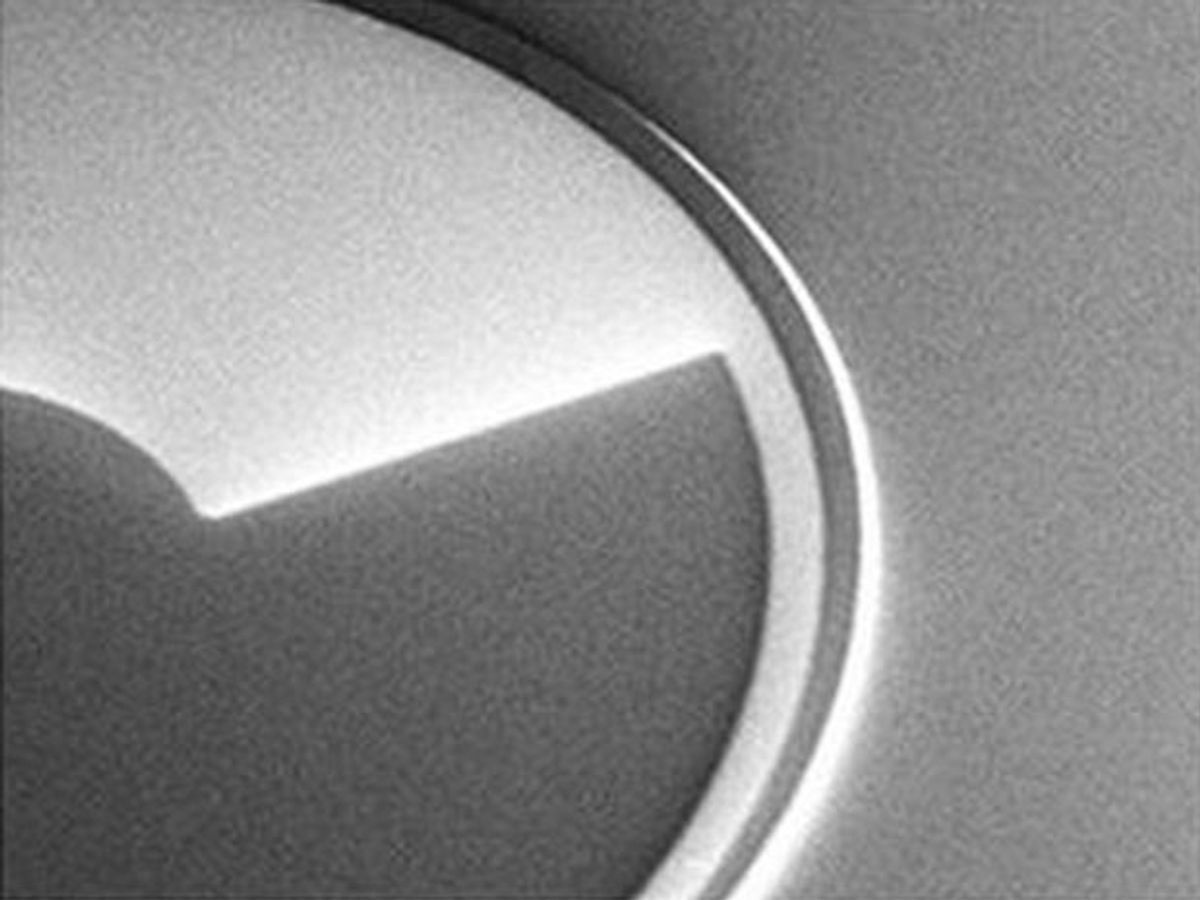The nanostructured materials known as Type-II indium arsenide/gallium antimonide/aluminum antimonide (InAs/GaSb/AlSb) superlattices have been around since the 1970s and have served in infrared detection applications since the late 1980s. Since then, Type-II Sb-based superlattice materials have evolved drastically with many variants suited for different applications.
Now researchers at Northwestern University, led by Manijeh Razeghi, have developed a new superlattice design, called M-structure superlattice. It can be used to make devices that operate as a shortwave/mid-wave/long-wave infrared photodetector. Shortwave infrared wave (SWIR) bands make it possible to detect reflected light. Mid-wave detection picks up hot plumes and long-wave infrared detects cooler objects.
The researchers claim that a device designed around this new material can detect any of these infrared wavebands by simply adjusting the applied bias voltage. In terms of actual applications, the researchers claim this device could make possible infrared color televisions and three-color infrared imaging.
In research described in the Nature journal Scientific Reports, the researchers produced this superlattice by alternating the InAs, GaSb, and AlSb layers (with thicknesses of a few angstroms to a few nanometers) over several periods. The result is a one-dimensional periodic structure like that of the periodic atomic chain in naturally occurring crystals.
“The beauty of Type-II superlattice is the gap engineering capability which allows us to artificially manipulate and create novel ‘materials’ like the way natural semiconductors are created,” said Razeghi in an e-mail interview with IEEE Spectrum.
There are currently only a few material systems that are suitable for multi-spectral detection, according to Razeghi. The current state-of-the-art, mercury cadmium telluride (HgCdTe) and quantum well infrared photodetectors (QWIPs), are commercially available for infrared dual-band detection. However, mercury cadmium telluride technology is expensive and hard to make, while quantum well detectors suffer from low quantum efficiency and require low operating temperatures.
“In that context, Type-II InAs/GaSb/AlSb superlattices have proved to be an excellent alternative,” says Razeghi. “Controlling the electronic structure by managing the layer thicknesses as they are grown on GaSb substrate [yields] superlattices with the capability of tuning from SWIR to very-long wavelength infrared (VLWIR), covering the whole infrared spectrum.”
Despite the immense promise of the M-structure superlattices, this developing new material system has been the focus of considerably less development than II-VI based mercury cadmium telluride photodetectors, according to Razeghi.
“The current state-of-the-art in infrared detection technology is still based on HgCdTe, and relatively little effort has been expended developing dual- and triple-band T2SL based focal plane arrays (FPAs),” Razeghi told Spectrum. “There is a unique opportunity to mature this material system and realize a new generation of dual- and triple-band FPA sensors.”
However, Razeghi concedes that, responsivity, which dictates how sensitive a photodetector is, and the dark current, which is related to the noise, must be further improved. This means the optimization of many parameters, including device design, material growth, and all of the processing steps, must result in high reproducibility and high yield.
“We need to reduce the bias dependency of the long-wavelength channel to a reasonable range so that it could be compatible with the currently available readout integrated circuit,” says Razeghi.
The next step in the research, she says, will be to fabricate a three-color infrared camera. She added: “Our long term goal is to improve both electrical and optical performance of the detectors in order to make cheap high-performance infrared cameras for different applications.”
Dexter Johnson is a contributing editor at IEEE Spectrum, with a focus on nanotechnology.



